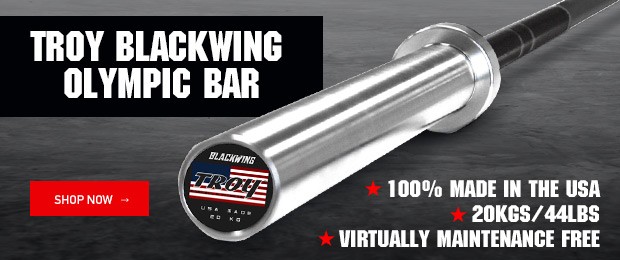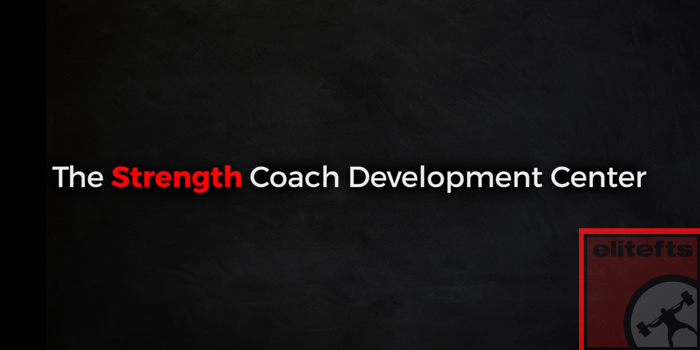
The Olympic lifts. I was hesitating to do this progression, but here we go.
If you’re not comfortable coaching these lifts or performing them, don’t do them. It's as simple as that. I cannot stress this point enough. There are many ways to develop triple extension power without Olympic lifts, so don’t feel like you’re missing out on anything by not performing them.
First, a few things:
- This article is not for or against Olympic lifts. It’s merely my opinion on the lifts, how I use them, and why I use them.
- I will not go into the physics of the lifts here or why science proves that these lifts are extremely valuable to athletic performance. If that’s something you’re interested in, send me an email.
- There will always be two sides to this: those that do them and those that don’t.
- I can’t stress this enough: do what is best for your program. We all have our own personal beliefs and philosophies, but at the end of the day, we are all trying to achieve the same things.
- I am not an Olympic lifting coach. I have my USAW Level 1 certification. I have a solid understanding of biomechanics. I understand the purpose of these lifts and their variations and why they are utilized in my athletes' programming.
- I am not an expert on these lifts nor do I claim to be, but I am proficient in them.
- I myself practice these lifts or a variation of them almost every day. By practicing them and using them in my own personal programming and training, I was able to come up with these progressions for my athletes to now share with you.
Many young coaches are intrigued by the Olympic lifts, and I don’t blame them. They seem to be in every collegiate and high school weightlifting program. So before we get started, you need to ask yourself and be able to answer the following:
Why?
Why are YOU programming the Olympic lifts? Why are they in your program? What purpose do they serve? Why are you doing them? This goes for anything in your program. Why are you doing what you’re doing? If you can’t answer this question or give a logical explanation then most likely the thing in question shouldn’t be in your program. Please don’t just put random things in your program because you saw some big Division I school perform them on the YouTube. That’s not fair to your athletes.
WATCH: The Strength Coach Development Center — Squat Progression
Do I like the Olympic lifts? Yes, 100% I do. Do I use them with all of my athletes? Well, it depends. Most of the time I will use some variation of the lift. Now, what variation I use depends on my end goal and my athlete's training age. Would I use a power snatch with an eight-year-old? I don’t know. Maybe, maybe not. But I can start to introduce the terminology and begin teaching positions using medicine ball throws and jumps. They could possibly learn bar technique with a PVC pipe. Just five minutes in the beginning to start engraining patterns would be fine.
I think the Olympic movements are great for teaching coordination and skill development. They're also fun for the kids to do when done right. I do not think that they are too technical for many kids to grasp; I feel that, as coaches, we make them too technical and we don’t have sound progressions in place to help our athletes grasp them. If you introduce them early into your program and have the right steps in place, there shouldn’t be many issues. Do you need the Olympic lifts to develop triple extension strength, speed, and power? No, absolutely not. They are merely tools in the toolbox that can help develop those qualities. Pretty much any lift can become a lift that develops strength, speed, and power, based on load and intensity.
Will Olympic lifts develop those qualities? Absolutely, but that is dependent on a few things:
- Do you know how to teach the lifts?
- Do you know how to fix poor positioning and technique?
- Are all of the coaches involved with training your athletes proficient in the movements?
Those are some questions only you as a coach can and must answer prior to putting any movement into your program
As a strength and conditioning coach, it is your responsibility to have and know the proper progressions and regressions for all exercises that you plan on coaching. You will also need a system of how you will implement and teach exercises to your athletes. When coaching a large group it can become overwhelming to teach main movements. With that said, we need to pick the variations that most athletes can pick up on easily and variations that can get us a lot of good, solid reps, safely and efficiently.
Snatch Warm-up
Clean Warm-up
Clean Progression
In my professional opinion, the Olympic lifts can serve as an excellent way to increase explosive power and enhance athletic performance. As previously stated, though, it is not the only way or even the best way. Our job is to formulate our own training programs based on the resources available and the profile of the athletes in regard to which part of the training cycle they are in. Whether the Olympic lifts fit in that system is up to you. Just remember, there is no right or wrong way, as long as you can explain why and justify your decision.
Basic Terminology
Starting Position: Position or posture from which the lifter begins the lift.
First Pull: Where the bar moves from its starting point on the floor until about mid-thigh.
Second Pull: The final upward explosive effort of the lift; starts at mid-thigh and ends with extension of the hips, knees, and ankles (triple extension).
Third Pull: The part of the movement where the lifter pulls under the bar.
Catch: Where the lifter catches the bar, either overhead or on the shoulders.
Power Position: The position during the pull of the lift where the knees have moved forward under the bar during the double knee bend, the bar is now in contact with the body, and the trunk is now vertical.
Snatch: Lift where the athlete lifts the bar from the floor to overhead in one single action.
Clean: Lift where the athlete lifts the bar from the floor to the shoulders
Double Knee Bend: Where extension and forward movement of the knees stop during the final part of the movement, also known as the scoop or transition; happens naturally if the second pull is done correctly.
Power: Receiving position of the lift in a partial squat (so a power snatch would be a snatch caught in the squat that is above parallel).
Hang: Starting position for a lift where the bar is off the floor (the height where the lift starts must be specified: high hang, mid thigh, above the knee, or below the knee).
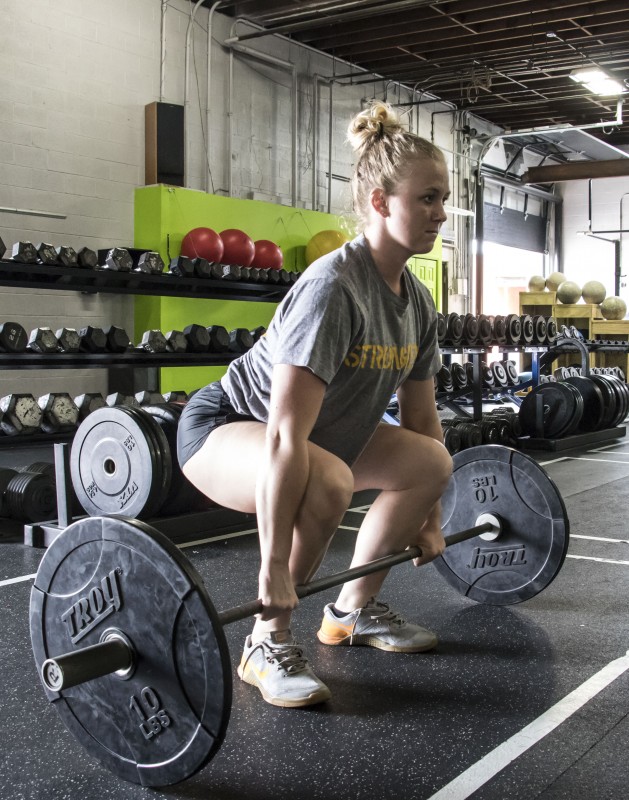
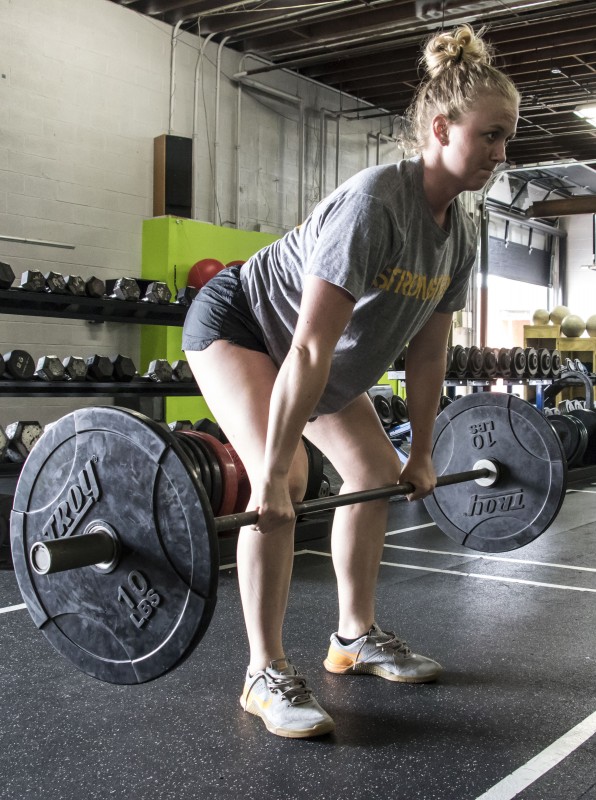
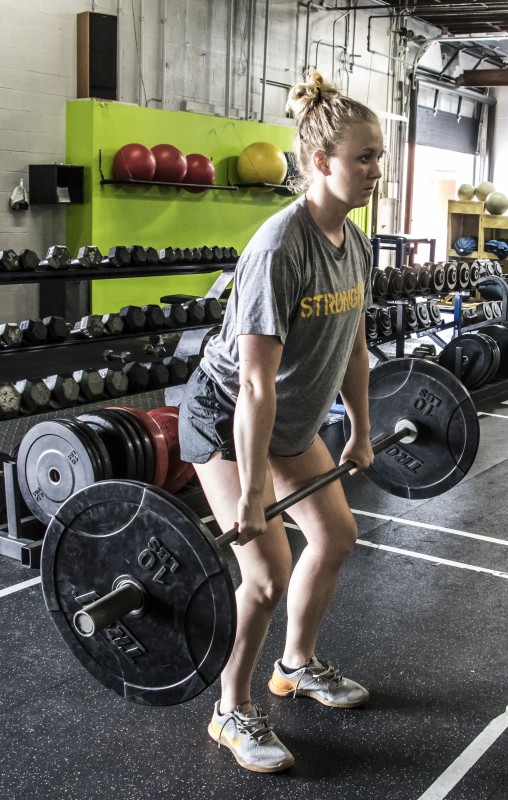
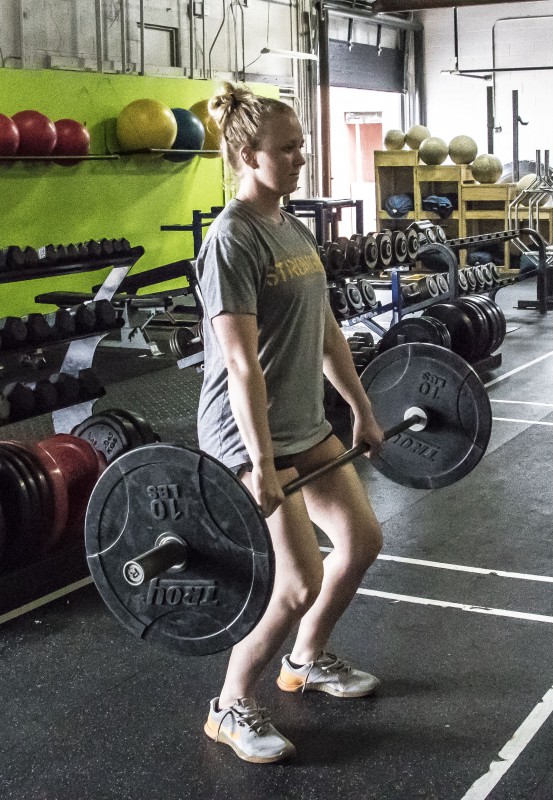
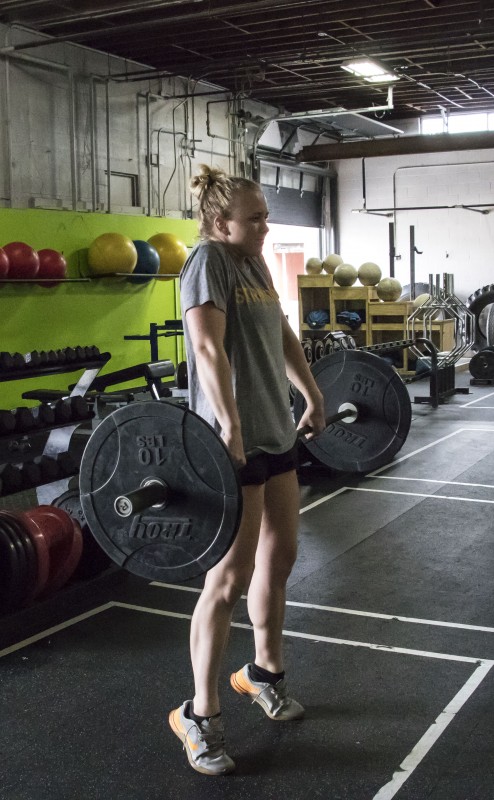
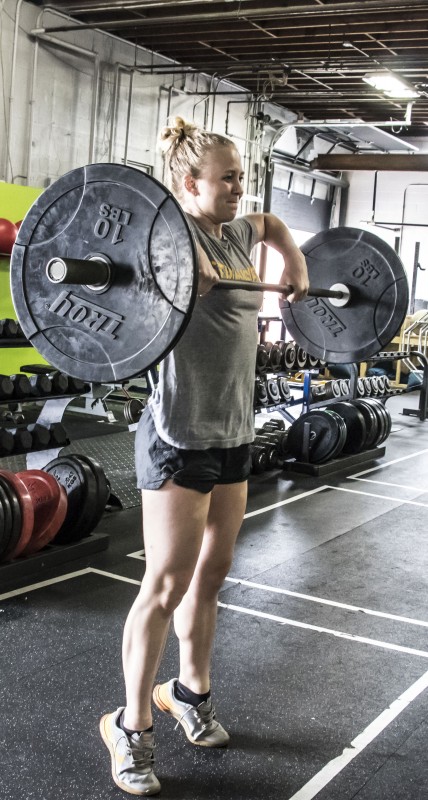
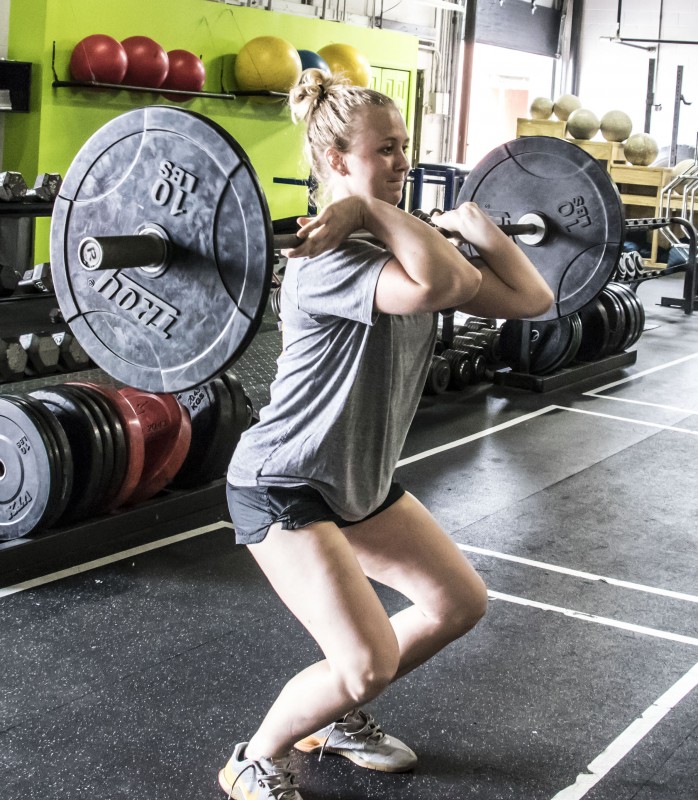
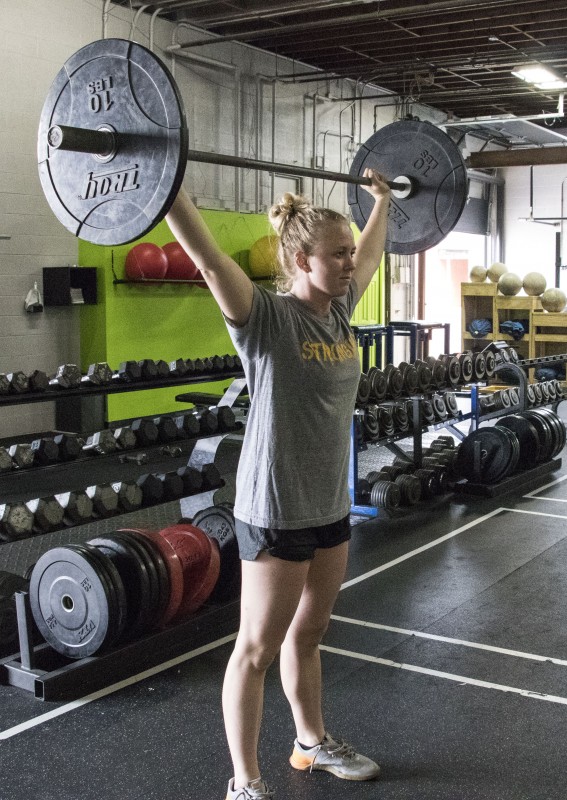
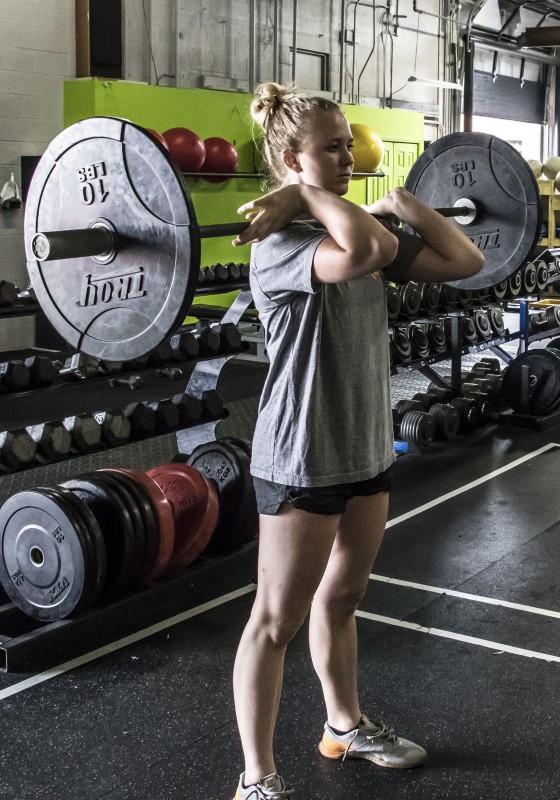
I feel you should teach the snatch first over the clean, but most college programs utilize the clean. And, honestly, there is no need to catch unless your athlete needs it for college. From my experience, most of our athletes won’t get full extension, as they are too worried about getting under the bar. Again, this is just my opinion. If you ask why a coach does Olympic lifts they usually say “triple extension.” That’s great, but you walk into that same coach's weight room and none of their kids are achieving triple extension; they are doing the old reverse curl starfish. Want to know how to get your athlete to achieve triple extension? Have them jump. Almost all of your athletes know how to jump. They might not all be pretty in doing so, which is why you have a job, but they know how to jump. And if it’s triple extension we are after then why have them catch the weight? Let me guess, to learn to absorb force? I’m not sold on that. Want to know how your athletes can learn to absorb force? Doing depth drops off a box, not catching a shitty clean.
This progression will focus on the clean and catching it. I teach the clean and the snatch almost the exact same way, but the obvious difference is where we catch the bar.
I personally do not do Olympic lifts from the floor. I feel that this isn’t necessary in the grand scheme of things, and you’re just setting yourself up for a headache if you deadlift conventional. Also, a lot can go wrong in the first pull that will get your athletes into bad positions. Stick to block work and lifts from the hang, as it more closely mimics an athletic base (sport-specific joint angles). I also don’t see the need to catch in a full squat. If I want the benefits of front squatting, I’ll front squat. Watching athletes try to catch a full clean or snatch is beyond ugly most of the time. I prefer to have them catch in the power position, as that’s a position they will see more often in their sport.










